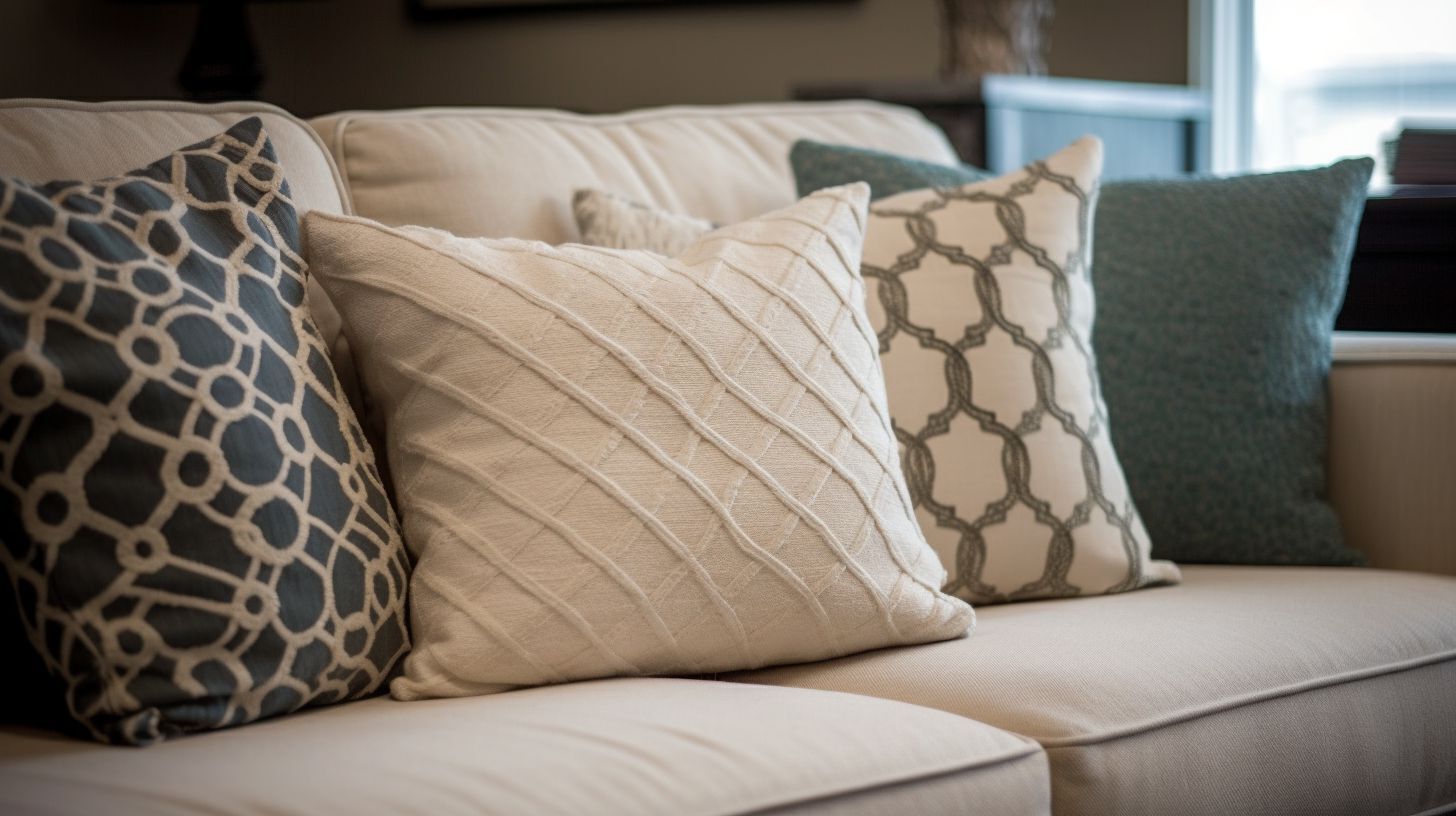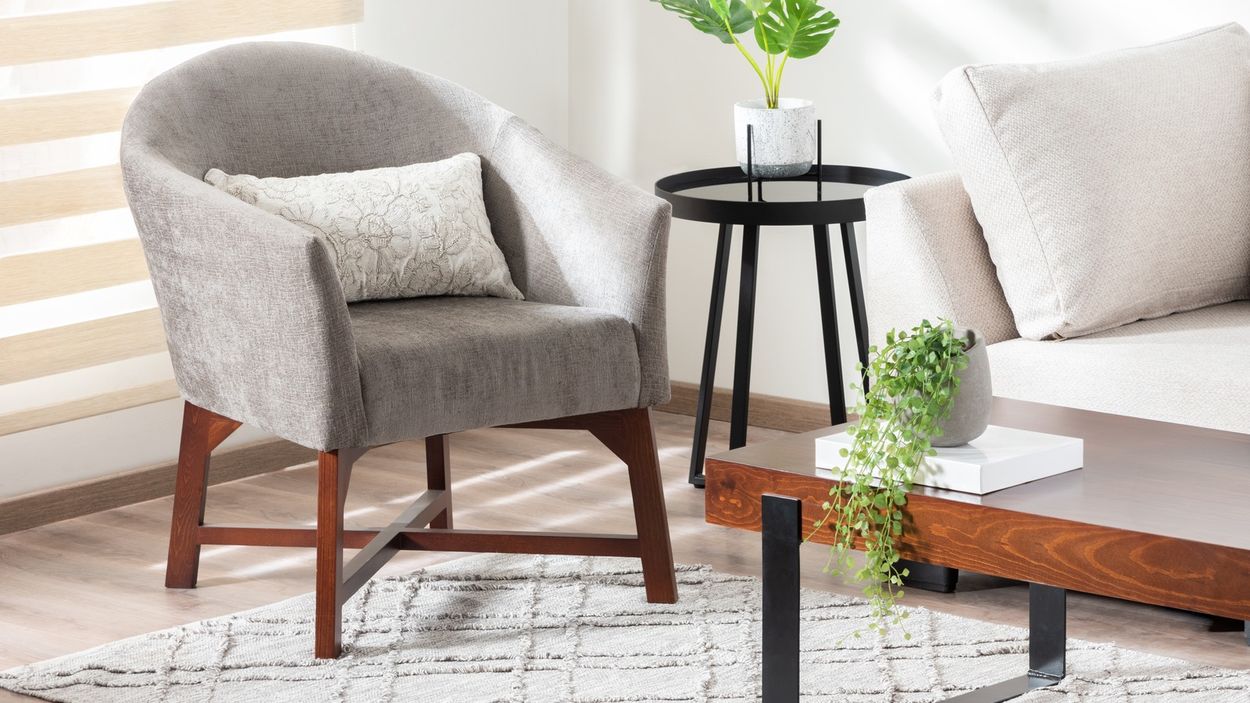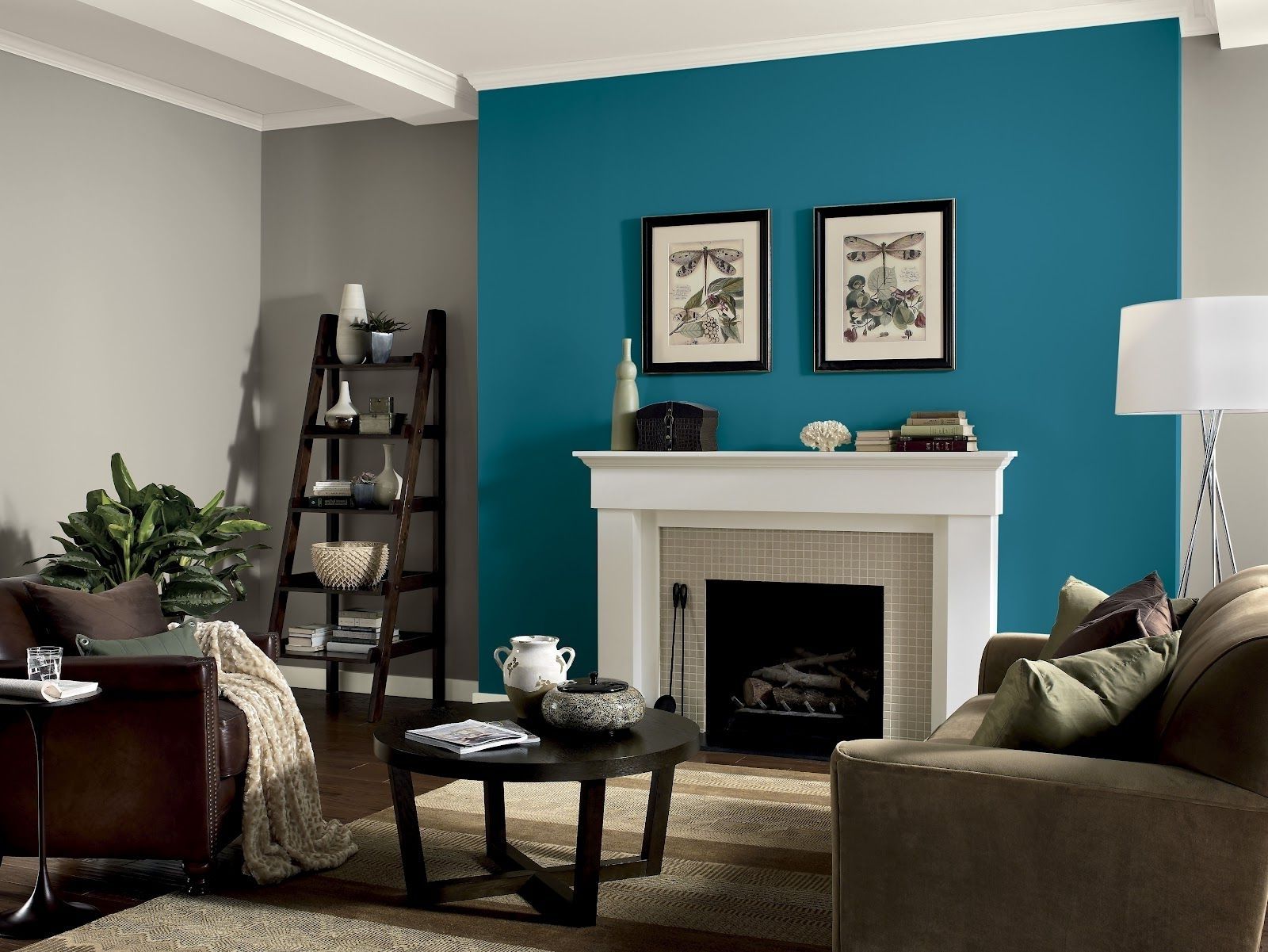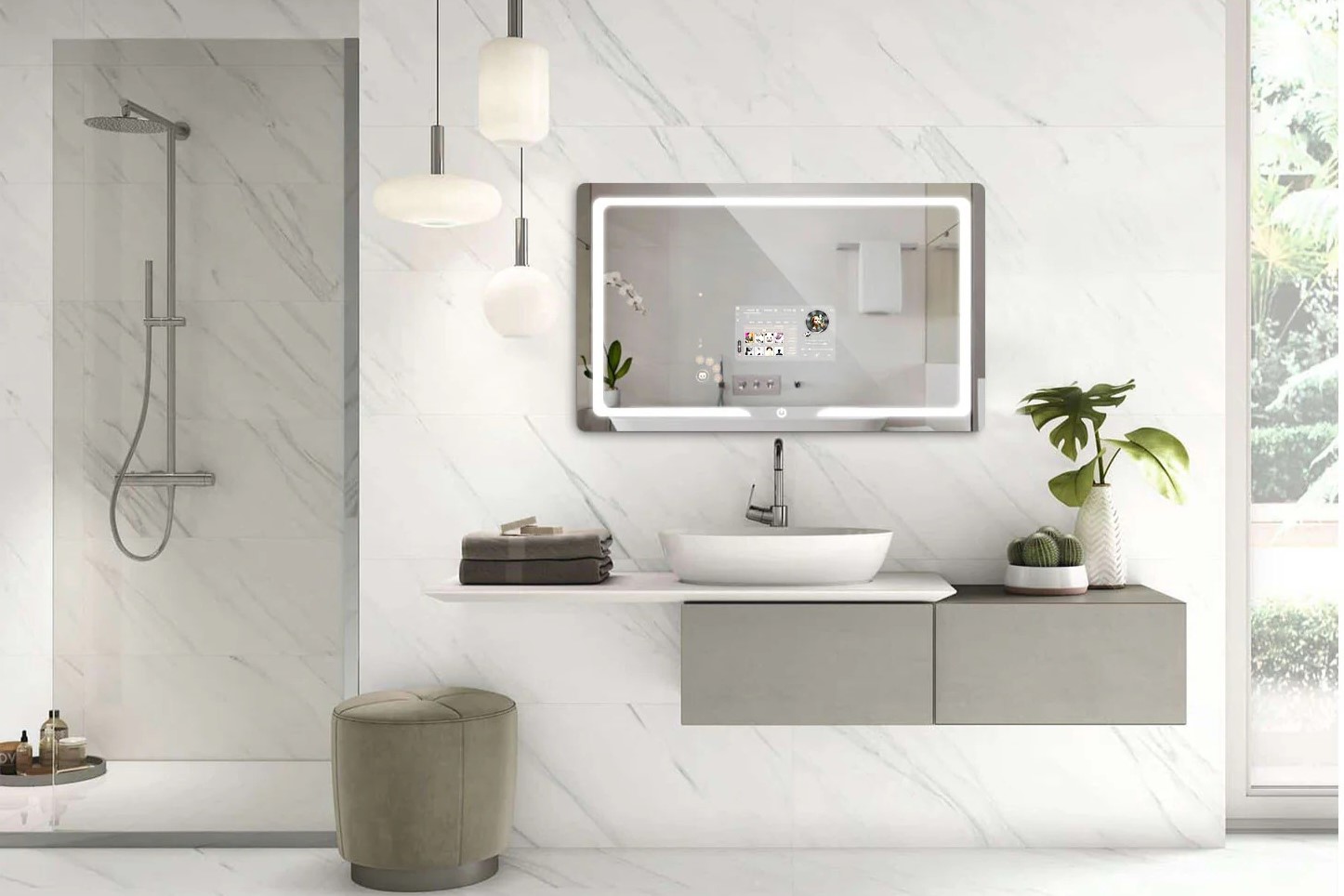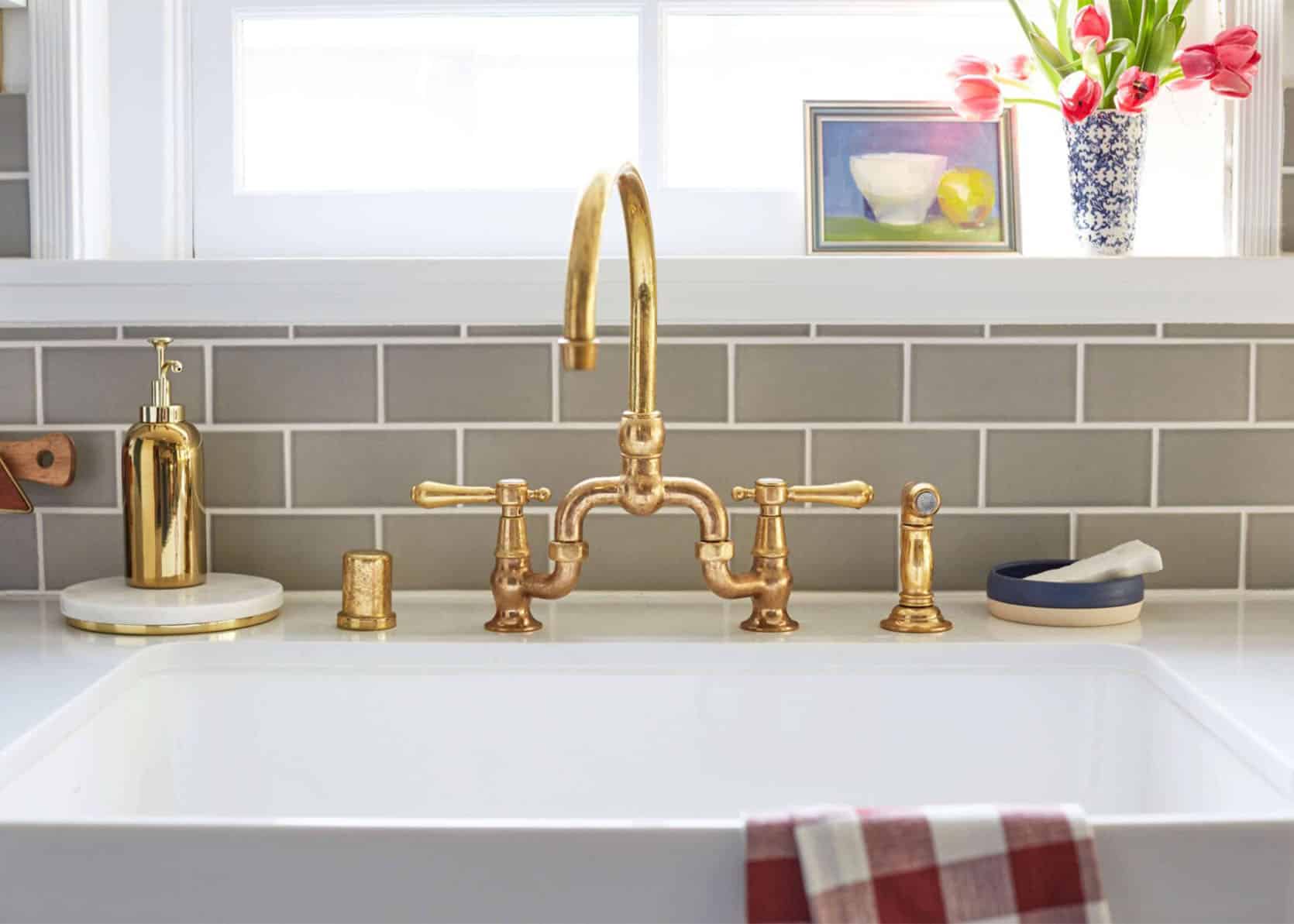Home>Articles>How To Choose The Perfect Blinds For Your Home
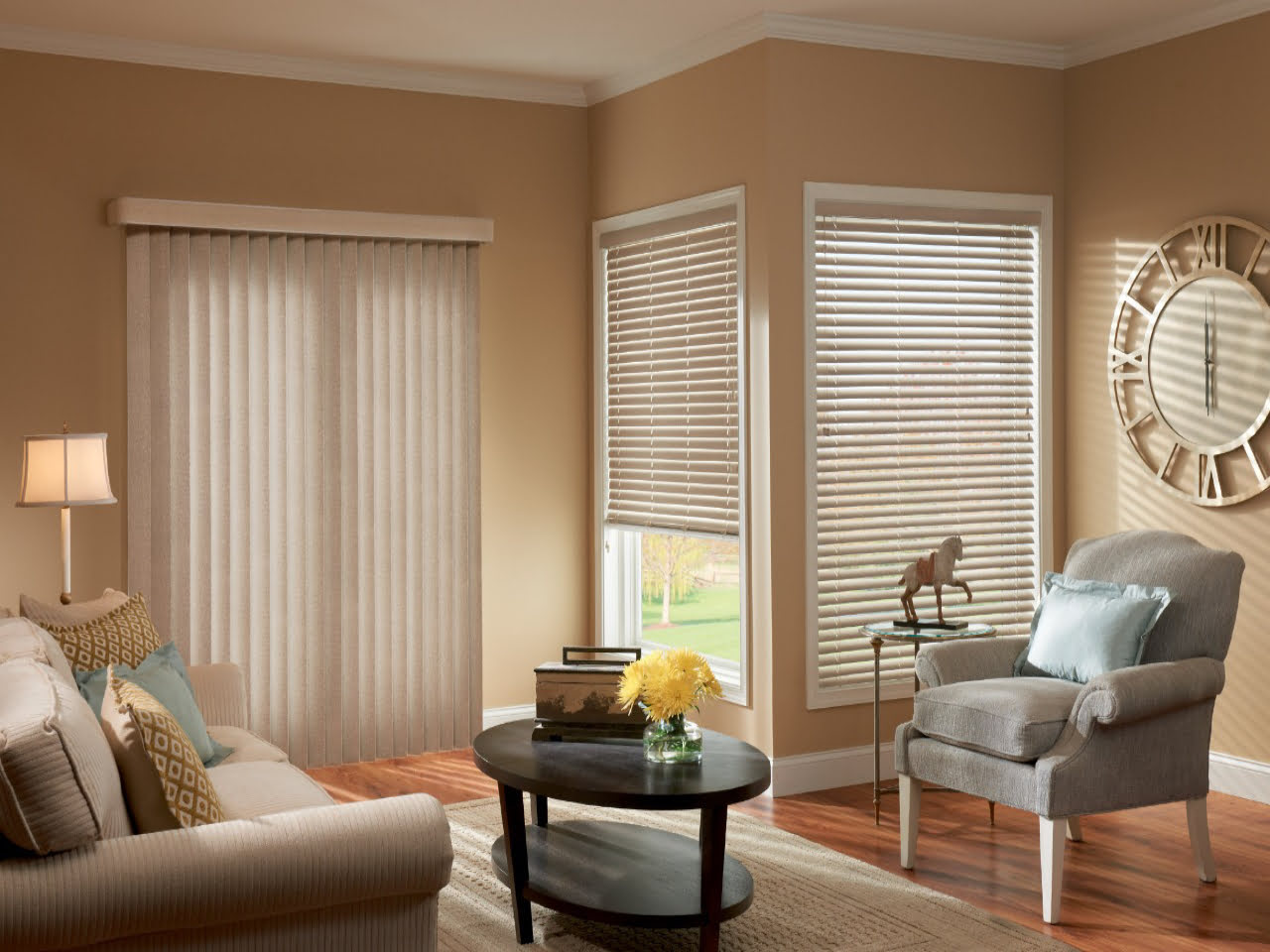

Articles
How To Choose The Perfect Blinds For Your Home
Modified: October 18, 2024
Discover how to accurately measure blinds at Home Depot with our informative articles. Learn expert tips and techniques for proper blind measurement to ensure a perfect fit for your windows.
(Many of the links in this article redirect to a specific reviewed product. Your purchase of these products through affiliate links helps to generate commission for Storables.com, at no extra cost. Learn more)
Introduction
When it comes to enhancing the aesthetics and functionality of your windows, blinds are an excellent choice. They offer privacy, control over natural light, and can complement any interior design style. If you’re in the market for blinds, Home Depot is a trusted retailer that offers a wide range of options to suit your needs.
However, before you invest in new blinds, it’s crucial to ensure that you measure your windows accurately. This step is essential to ensure a perfect fit and prevent any unnecessary hassle or expense. Don’t worry if you’ve never measured blinds before; in this article, we’ll walk you through the process step-by-step.
By following our guide, you’ll be able to measure your windows confidently and make an informed purchase at Home Depot. So, let’s dive in and learn how to measure blinds correctly!
Key Takeaways:
- Accurate measurements are crucial when selecting blinds from Home Depot. Follow our step-by-step guide and additional tips to ensure a perfect fit and enhance your windows’ aesthetics and functionality.
- Whether it’s inside or outside mount, unique window shapes, or obstructions, careful measurements and Home Depot’s wide selection of blinds will help you transform your home with confidence.
Types of Blinds Available at Home Depot
Home Depot offers a wide variety of blinds to suit different preferences and window sizes. Here are some of the most common types of blinds you can find at Home Depot:
- Vertical Blinds: Ideal for large windows and sliding glass doors, vertical blinds feature individual slats that can be tilted or drawn to the side.
- Horizontal Blinds: Also known as Venetian blinds, these come in various materials like aluminum, wood, and faux wood. They feature horizontal slats that can be raised, lowered, or tilted.
- Mini Blinds: Similar to horizontal blinds but with narrower slats, mini blinds offer a more delicate and streamlined look. They are suitable for smaller windows.
- Roller Shades: These blinds are made from a single piece of fabric that can be rolled up or down to control light. They come in a wide range of colors and patterns.
- Cellular Shades: Also known as honeycomb shades, these blinds have a unique cellular structure that traps air and provides insulation. They come in various opacities and are energy-efficient.
- Pleated Shades: Similar to cellular shades, pleated shades also provide insulation and come in a range of opacities. They have a crisp, pleated appearance when raised.
- Roman Shades: These blinds offer an elegant and timeless look with their soft, fabric folds. They can be raised or lowered to control light, and they come in different fabrics and patterns.
- Panel Track Shades: Ideal for sliding glass doors and large windows, panel track shades feature wide fabric panels that slide on a track, providing privacy and light control.
These are just a few of the many blinds options available at Home Depot. Each type offers unique features and benefits, allowing you to find the perfect blinds to suit your style and functional needs.
Tools Required for Measuring Blinds
Before you start measuring your windows for blinds, it’s important to gather the necessary tools to ensure accurate measurements. Here’s a list of tools you’ll need:
- Measuring Tape: A reliable measuring tape is essential for obtaining precise measurements of your windows.
- Step Stool or Ladder: If your windows are located in high or hard-to-reach areas, a step stool or ladder will be helpful to reach and measure them comfortably.
- Pen and Paper: Keep a pen and paper handy to note down your measurements and any other relevant information.
- Straight Edge: A straight edge, such as a ruler or level, can be used to ensure that your measurements are straight and accurate.
- Camera or Smartphone: It’s always a good idea to take photos or use your smartphone to capture images of your windows. This can help you visualize how the blinds will look and assist you when seeking help or advice.
By having these tools ready, you’ll be well-prepared to measure your windows and confidently select the perfect blinds for your home.
When measuring blinds at Home Depot, always measure the width at the top, middle, and bottom of the window to account for any variations. Use a metal tape measure for accuracy.
Steps to Measure Blinds at Home Depot
Measuring blinds may seem like a daunting task, but with the right steps, it becomes a straightforward process. Follow these steps to measure your windows accurately for blinds at Home Depot:
- Step 1: Determine Inside or Outside Mount: Decide whether you want your blinds mounted inside the window frame or outside on the wall. This will affect the measurements you take.
- Step 2: Measure the Width: For inside mount, measure the width at the top, middle, and bottom of the window. Take the narrowest measurement as your width. For outside mount, measure the desired width of the blind, including any overlap on the sides. Add extra width for better light control and privacy if desired.
- Step 3: Measure the Height: For inside mount, measure the height from the top of the window to the window sill at the left, middle, and right side. Take the longest measurement as your height. For outside mount, measure the desired height, including any overlap at the top and bottom. Add extra height for better light control and privacy if desired.
- Step 4: Consider Obstructions: If you have any obstructions like window handles or trim, adjust your measurements accordingly. Make sure your blinds will clear these obstructions when mounted.
- Step 5: Verify and Double-Check: It’s crucial to double-check your measurements before making a purchase. Measure one final time to ensure accuracy and avoid any fitting issues.
Remember, when measuring for blinds, it’s better to be slightly too big than too small. You can always trim the blinds to fit, but you can’t make them larger. Taking precise measurements will help you select the right size blinds for a perfect fit.
If you’re unsure about anything or need assistance, don’t hesitate to seek help from Home Depot’s knowledgeable staff. They can provide guidance and ensure you make the right choices for your windows.
Additional Tips for Accurate Measurements
When measuring your windows for blinds, it’s important to keep a few additional tips in mind to ensure the most accurate measurements possible. Here are some helpful tips:
- Measure Twice: As the saying goes, measure twice, cut once. Double-checking your measurements will help prevent costly mistakes and save you time and effort.
- Use a Metal Tape Measure: A metal tape measure is more stable and less prone to stretching, ensuring more precise measurements compared to a cloth or plastic tape measure.
- Measure to the Nearest Eighth of an Inch: For accuracy, measure to the nearest eighth of an inch rather than rounding up or down. This precision can make a difference in achieving a perfect fit.
- Consider Inside Mount Clearances: Keep in mind that an inside mount will have slight deductions made by the manufacturer to ensure a proper fit. Check Home Depot’s guidelines for specific clearance requirements.
- Account for Window Openings: If you plan to open your windows, make sure the blinds’ height doesn’t impede the opening mechanism. Measure accordingly, taking into consideration the space needed for the blinds and the window to function harmoniously.
- Take Note of Window Shape: If your windows are arched, angled, or have any other unique shape, take additional measurements to ensure the blinds can accommodate these variations.
- Consider Light Gaps: Depending on your preference, you may want to consider the amount of light leakage or gaps between the blinds and the window frame. Take this into account when measuring and selecting the size of your blinds.
By following these additional tips, you’ll increase your chances of getting the most accurate measurements for your blinds. This will help you select the perfect blinds that not only fit well but also enhance the aesthetics and functionality of your windows.
Conclusion
Measuring blinds for your windows may seem like a daunting task, but with the right guidance and a little patience, it can be a smooth and successful process. Home Depot offers a wide selection of blinds, making it easy to find the perfect match for your style and needs.
In this article, we’ve provided you with step-by-step instructions on how to measure your windows accurately for blinds at Home Depot. It’s crucial to determine whether you want an inside or outside mount, take precise width and height measurements, and consider any obstructions or unique window shapes.
By following our tips and taking the time to measure carefully, you’ll ensure that your blinds fit perfectly, enhance your window’s aesthetics, and provide the functionality you desire. Remember, it’s always better to measure twice and double-check your measurements before making a purchase.
If you ever have any doubts or need assistance, don’t hesitate to reach out to the knowledgeable staff at Home Depot. They are ready to help you find the right blinds and ensure a smooth and satisfying buying experience.
So, go ahead and measure your windows with confidence, and transform your home with beautiful blinds from Home Depot!
Frequently Asked Questions about How To Choose The Perfect Blinds For Your Home
Was this page helpful?
At Storables.com, we guarantee accurate and reliable information. Our content, validated by Expert Board Contributors, is crafted following stringent Editorial Policies. We're committed to providing you with well-researched, expert-backed insights for all your informational needs.

